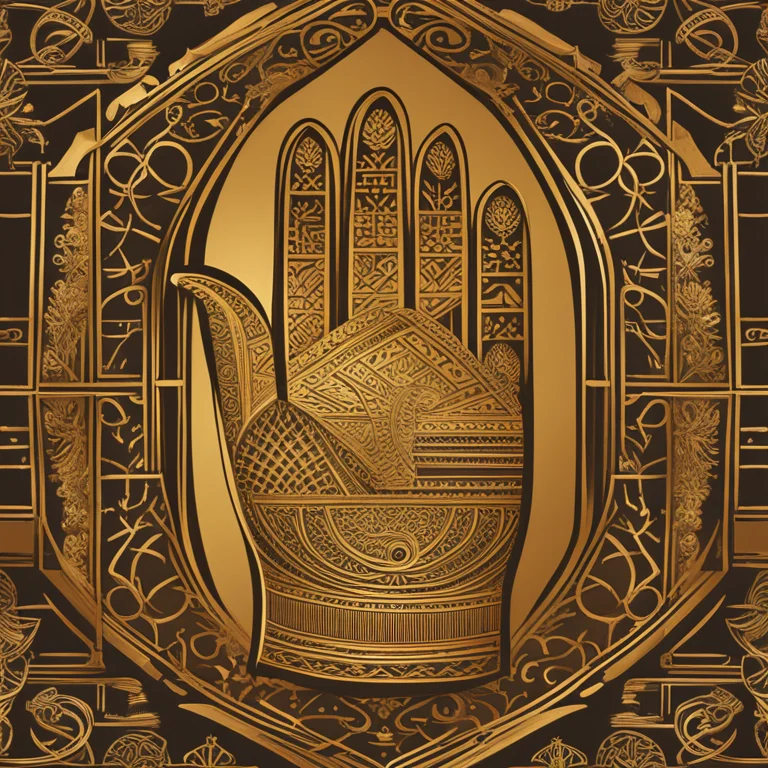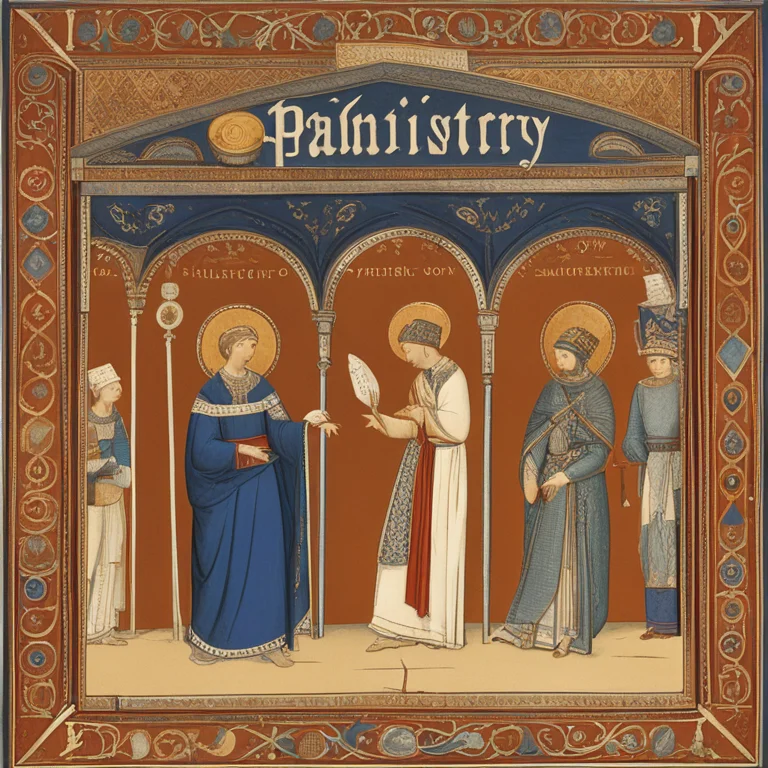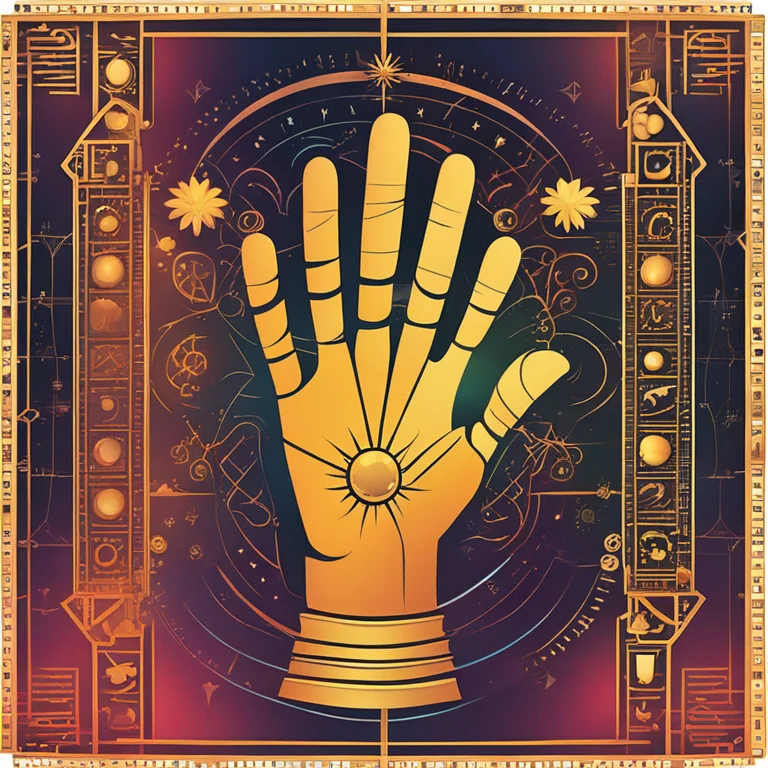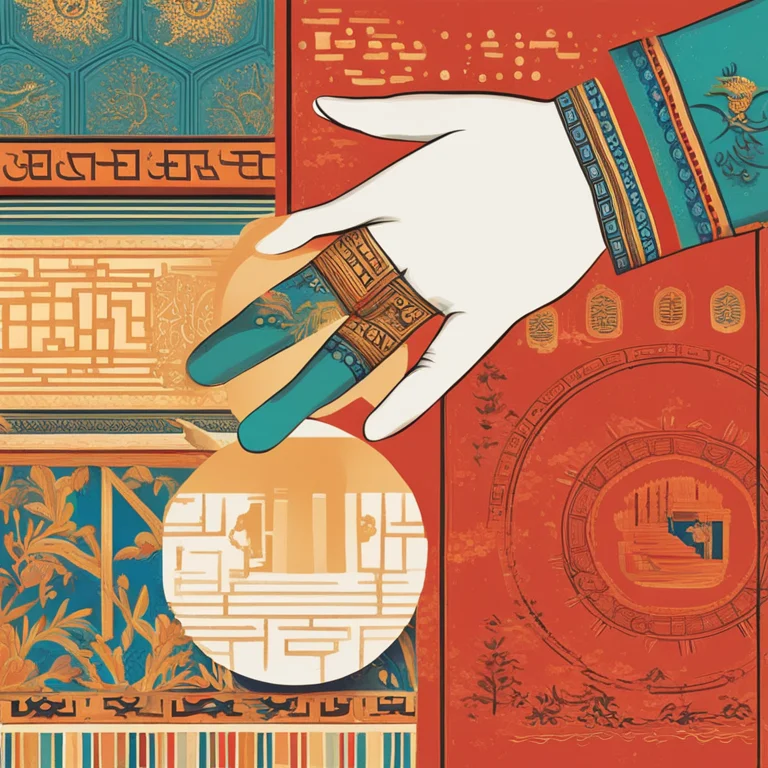
A Historical Perspective Of Palmistry
An in-depth look into the historical timeline of palmistry, tracing its ancient roots and evolution throughout the centuries to the present day.
article by Nora Pennington
The Dawn of Palmistry
Palmistry, also known as chiromancy or palm reading, is an ancient practice believed to have originated over 5,000 years ago. Historical evidence suggests that it began in the mystical realms of India, with strong ties to Hindu astrology and the Hindu deity, Brahma. This practice slowly permeated through different cultures, including the Chinese, Tibetan, Persian, Egyptian, and Greek civilizations. By evaluating the lines, shapes, and sizes of the hand, early practitioners believed they could interpret a person's character and destiny.

Cross-Cultural Expansion
As trade and cultural exchanges flourished, palmistry's influence extended beyond its Indian origins. It is widely reported that Aristotle found a manuscript on palmistry that he subsequently presented to his student, Alexander the Great. The conqueror took great interest in examining the characters of his officers by studying their hands. Palmistry's footsteps can also be traced back to ancient China where it was merged with I Ching divinations and Daoist philosophy, thus enriching the practice with a nuanced symbolic system.

European Influence and Opposition
During the Middle Ages, palmistry spread to Europe but was met with skepticism and was often deemed as 'forbidden knowledge’ by the Christian Church. Despite this, the practice saw some revival during the Renaissance when intellectual curiosity gave rise to a renewed interest in the esoteric and the occult. However, it wasn't until the 19th century that palmistry began to reclaim a semblance of scientific credibility. This period was marked by the emergence of individuals such as Captain Casimir Stanislas D'Arpentigny and William G. Benham, who sought to classify hand features and link them to psychological tendencies.

The Practice in Modern Times
Today, palmistry is embraced globally as a tool for insight and self-discovery. While the scientific community remains largely skeptical about its predictive abilities, many people consult palmists for personal guidance and understanding. Technological advancements have even led to the creation of palmistry apps and online readings, making the ancient practice more accessible in the digital age. In its contemporary guise, palmistry is often integrated with other metaphysical disciplines such as astrology and tarot, providing a multifaceted approach to spiritual wellness.

Palmistry's Contemporary Relevance
With the dawn of the 21st century, palmistry has witnessed a renaissance of sorts, as cultural trends toward mindfulness and self-help have proliferated. It is becoming increasingly common for individuals to turn to palm readings for personal empowerment rather than strict fortune telling. As a result, modern palmists focus on the potentialities reflected in one’s palm, offering insights that encourage clients to understand their inherent traits and life patterns. This philosophical shift signifies a broader trend in holistic and integrative practices that honor both the wisdom of tradition and the preferences of contemporary society.
Published: 1/11/2024
Modified: 1/11/2024
More predictions
Come back here soon to learn more about yourself and your future


Unlocking Palm Lines for Career Success
Discover the secrets of your palms and what they suggest about your professional journey. Learn to read palm lines for insights into your career path.


The Impact of the Jupiter Mount in Palmistry
Discover the impact of the Jupiter Mount on your life through palm reading. Learn about its meaning and significance in palmistry.